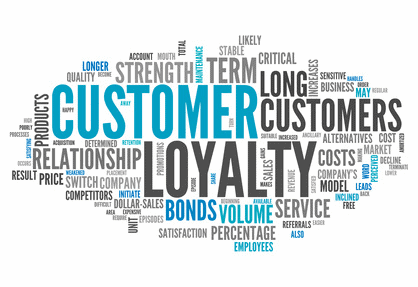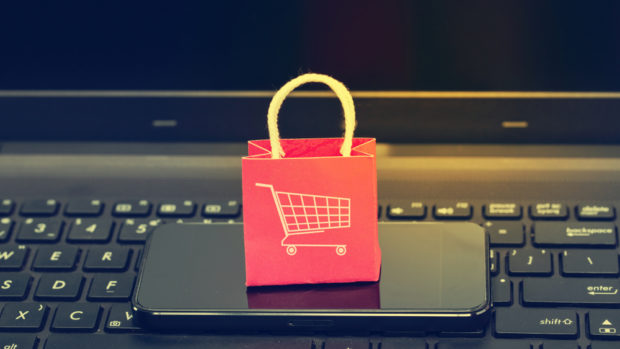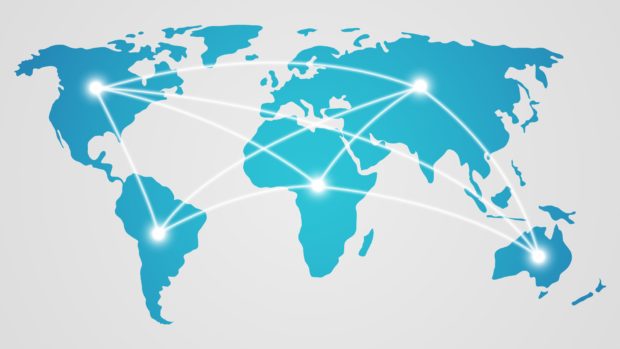
emerchantpay has published its Loyalty Paradox report which examines customer loyalty in a post-pandemic world. Findings from the report suggest that retailers are missing out on wooing large groups of consumers and no longer understand what is driving customers to switch brands. Ahead of the busy Christmas period and into 2022, retailers need to rethink their strategies to capture consumers’ attention and ensure ongoing customer lifetime value via successful customer loyalty.
Redefining loyalty programmes in a post-pandemic world
emerchantpay’s research surveyed 2,000 UK consumers to understand the brand loyalty landscape in retail. Consumers across all age groups were most likely to be loyal to brands in the grocery, food, drink and supermarket industry (49 per cent) and within this sector, Baby Boomers were the most likely to be loyal (57 per cent). Gen Z respondents broke the trend as they were more likely to stay loyal to technology and gadgets brands (48 per cent), with fashion, clothing and accessories brands coming in at a close second (47 per cent) and grocery, food, drink and supermarkets at only 42 per cent. However, aside from their loyalty to food, drink and grocery, Baby Boomers were one of the least likely to be loyal to any brands, with nearly a quarter (23 per cent) stating they didn’t feel loyalty to any brands – the group was only surpassed by over 75s, where this number rose to nearly a third (31 per cent). For context, only 9 per cent millennials and 7 per cent Gen X consumers did not feel loyal to any brands.
Additionally, respondents shared what drove their decisions to switch brands. The top drivers were price (57 per cent), followed by perceived quality (44 per cent), product reviews (26 per cent), speed and time it takes for the product to be delivered (25 per cent) and shopping from a trusted brand they’ve already bought from (21per cent). Intriguingly, more than 1 in 10 (13 per cent) consumers claimed not to be loyal to any brands.
Reimagining loyalty as a loop
Customer loyalty should be perceived as a loop rather than part of a linear customer journey. What happens post-sale becomes more critical than ever because this experience can build brand allegiance and repeat custom for consumers.
During a busy shopping period such as Christmas, ease of purchase, customer service pre- and post-purchase, quality of goods and the ability to return, exchange, receive a refund and add complementary items are crucial. Adopting a unified commerce strategy can help retailers craft a more value-adding loyalty strategy. When sales channels are supported by a single platform, retailers get a single view of their customers’ data across all channels and touchpoints. That rings especially true today when more shoppers than ever are using services such as click and collect or are buying online and returning in-store.
Paid loyalty programmes
For certain brand categories and industries such as fashion and groceries, paid loyalty programmes (PLPs) have the potential to outweigh free loyalty programmes because they can drive higher purchase frequency, basket size and brand affinity.
Once subscribed to a PLP, members are 60 per cent more likely to spend more on a brand, whereas members of free loyalty programmes are only 30 per cent more likely. What’s more, emerchantpay’s research found that 55 per cent of consumers are willing to pay more for a product if delivery is free, with 25 per cent willing to pay up to 5 per cent and a third (30 per cent) willing to pay between 5-20 per cent more.
Payments as a key driver of loyalty
In a world of constant disruption, retailers must align their organisational goals with their payments strategy, not only to secure long-term profitability, but equally, to drive loyalty. The report highlighted that just 14 per cent of payment leaders – individuals responsible for payments within their respective companies – have personal and team KPIs that are fully aligned with the KPIs of the wider business and broader commercial objectives.
Retailers can no longer afford to view the payment stage as their end objective, particularly as in-store and eCommerce shopping continues to increase in a post-pandemic environment. Instead, they should look at it as the beginning of a long and nurturing relationship between brand and customer.
Svetlio Todorov, MD, emerchantpay, said: “The busy Q4 shopping period is a great time to attract new customers. However, to increase the lifetime value of a customer, establishing brand loyalty is paramount. If there’s one thing that the pandemic has highlighted, it’s the need for retailers to listen to their customers and understand how they want to interact with brands. Consumers have become accustomed to being able to do practically anything from their couch at home. The ‘couched consumer’ is well-informed, looking for a bargain, impatient and armed with the latest technology. Payments are essential to this frictionless customer experience, and some retailers are failing to see them as part of their loyalty strategies. Retailers are under even greater pressure to listen to their customers and understand how they want to pay. All of this means that customer loyalty will lie with the retailer that makes shopping quick, easy and intuitive whilst delivering a seamless buying experience.”








Share